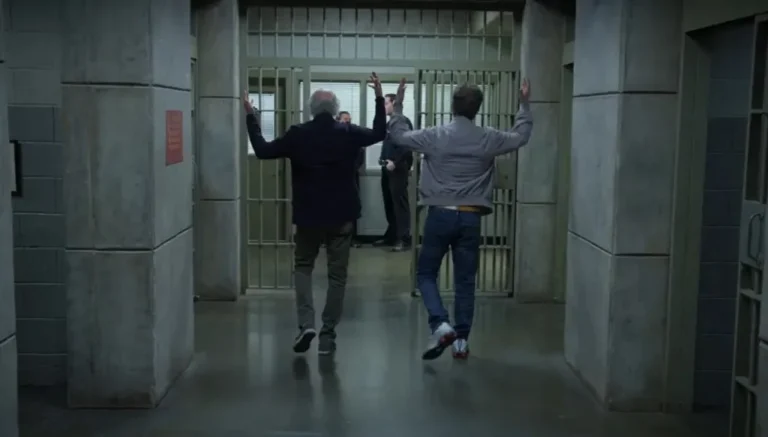By Mimi Ali
As a reaction to the national dialogue on safe spaces, students and professors at Chestnut Hill are beginning to question whether trigger warnings would be useful or detrimental in a classroom setting.
According to Merriam-Webster, a trigger warning is a statement cautioning that content may be disturbing or upsetting. Trigger warnings may be used preceding scenes or discussions of war, violence, rape, or anything else that may induce a traumatic experience.
The University of Chicago was recently brought to media attention when the dean announced that there would be no trigger warnings or safe spaces at the university. The statement faced a fair amount of backlash from trigger warning supporters and created a controversy with students.
Recently American University followed suit and the school’s faculty senate passed a resolution against mandatory trigger warnings in classrooms. In early October, American’s student government body voiced their outrage with the decision, demanding that the school implement trigger warnings to respect student trauma.
The Washington Post recently published an article discussing how professors struggle to find the line between political correctness and censorship. Professors at Chestnut Hill also have mixed feelings on the issue.
“It’s probably more important to make sure that people are comfortable,” said Meredith Kneavel, professor of psychology. “On the other hand, I think that it is our job as educators to intellectually pull people out of their comfort zone, to make them think about different sides of debates.”
Some professors share this concern as well as the concern that trigger warnings may be limiting conversation in the classroom.
Nora Madison, assistant professor of communication, said that instructors need to balance their roles to both challenge and protect students.
“It is important that we don’t coddle our students because it is our social responsibility to foster conversations and debates about important social issues even if they make us uncomfortable,” Madison said.
As trigger warnings and emphasis on political correctness become more common, many questions have arisen on whether or not they should be implemented in classroom settings.
“If done well, it can encourage conversation in the classroom because if somebody is comfortable saying something, there can be a conversation about why it’s a trigger,” Kneavel said. “It also depends on the material. If we’re training people who are going to be working with people who have had these experiences, our students need to be prepared to deal with that. We can’t just not teach it.”
Some professors express concern that the topic of trigger warnings has reached a level of popularity that may cause it to be used unnecessarily.
“Generally, I worry that these trigger warnings are becoming overused, for example, in topics such as class and gender,” Madison said. “Again, we have to be careful to separate the feeling of being uncomfortable versus actually being triggered into a horrific experience.”
Professors continue to express concern and differing opinions on the subject, as universities begin to acknowledge their policies on trigger warnings and safe spaces. However, many professors seem to agree that trigger warnings can be useful when used in moderation.
“I can’t see how it’s a bad idea to have trigger warnings, especially if you know it’s material that is going to be sensitive,” Kneavel said. “Being re-exposed to a trauma can definitely engender responses. One thing we try to do with people who are experiencing traumatic stress is to not have those things happen in places where it cannot be processed.”
Campuses across Pennsylvania have begun similar ongoing conversations. Professors at Pennsylvania State University have expressed agreement on the subject, that it is useful to give warnings to students when approaching sensitive material. However, the college does not yet have a formal policy on trigger warnings.


